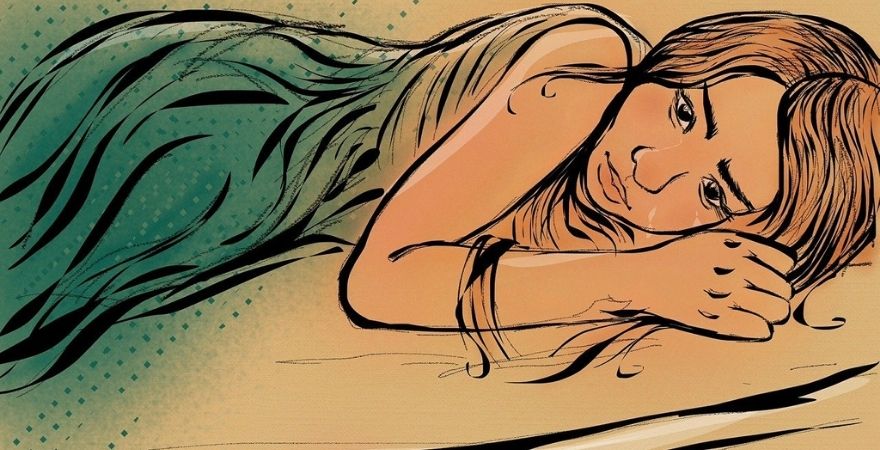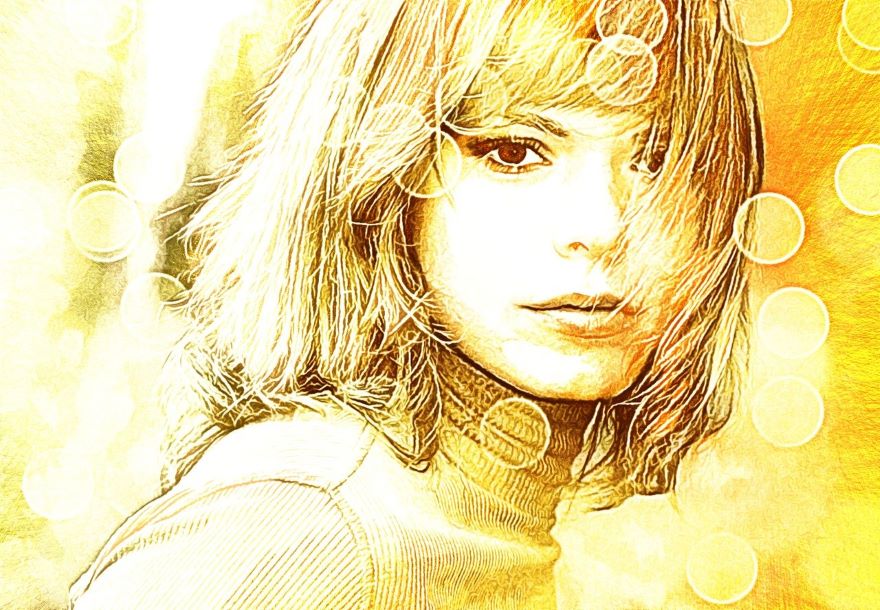
Art and Cinema: The Illustrators
Movie Poster Illustrators: From the 1950s to the 1980s
The most important artists, illustrators and painters who, between the 1950s and the 1980s, dedicated their careers to film poster design.
We will limit ourself to brief comments on each artist and let you taste the best works of each illustrator.
How many times, just for a captivating visual, color or subject choice, have we been transported into worlds that still had to present themselves before our eyes? In fact, the art of cinema poster design has the winning characteristic of trying to instill in the viewer some visual sensations that the latter hopes to find in the film that he will go to see. A type of artistic production that could also be read as the art of placing trust in an – unknown – artist, who transmits to us, thanks to his ability to rework them in a rectangular space, the salient moments of the film on which he is called to to work.
Reynold Brown (1917 – 1991)
Reynold Brown was one of the most famous American film poster painters. His work is remembered today by most for the immense amount of horror film and science fiction posters, but Brown has also illustrated posters for westerns and comedies. The ability to manage different pictorial registers can be seen in the posters of Mondo senza fine ( World Without End, Edward Bernds, 1956) and The Battle of the Alamo ( The Alamo, John Wayne, 1960): if the first presents traits that they approach Brown to a certain cubo-futurist painting, the second is a real essay of realist painting with a historical and heroic inspiration. Also noteworthy is the work done for The haunted house( House On Haunted Hill, William Castle, 1959), an illustration that contains all the clichés of horror to come, anticipating the times towards the horrifying irony of Sam Raimi and associates.
Robert McGinnis (1926)
McGinnis making his debut in the world of posters with Breakfast at Tiffany’s ( Breakfast At Tiffany’s, Blake Edwards, 1961) is not an everyday thing. Robert McGinnis was able to seize the ball by creating an image in which elegance of composition, sinuosity of the body of Hepburn and decorative derivations borrowed from Mondrian blend. During the 1960s and 1970s he became even more famous by illustrating almost all the films of the secret agent James Bond; We defy anyone not to be fascinated by the ensemble of bodies between pop and pulp depicted in the poster You Only Live Twice ( You Only Live Twice, Lewis Gilbert, 1967): a real concentrate of elegant exoticism. Amazing is also the graphic composition created for Live and Let Die ( Live And Let Die, Guy Hamilton, 1973).

Boris Vallejo (1941)
Vallejo is a designer of Chilean origin, but American by adoption, generally more famous in the world of fantasy than in that of the art of cinematographic poster design. It is therefore no coincidence that a large part of his production is dedicated to the so-called sword & sorcery films. However, his debut took place in 1977 with the remake of the poster for the film Barbarella ( Barbarella, Roger Vadim, 1968): the original poster was the work of McGinnis, who thanks to a black backdrop was able to give a sober tone to a film that played the anti-sobriety card. Vallejo manages to capture this aspect and uses hyper-bright colors in his work, loading it with characters, extraterrestrial worlds and creating an almost tangible Jane Fonda. The tangibility of the characters and objects he created is one of the characteristics present throughout his work, just think of the motorcycle driven by Ed Harris in Knightriders – the riders ( Knightriders, George A. Romero, 1981) or the giant bison of Challenge to White Buffalo ( The White Buffalo, J. Lee Thompson, 1977).
Drew Struzan (1947)
The 1980s of stars and stripes mainstream cinema were dominated by the art of Drew Struzan. Most of the hits of the aforementioned decade had posters signed by that artist. Any title? The trilogy of Back to the Future and that of Indiana Jones, The Goonies, Police School, Blade Runner, The Name of the Rose, Rambo, Big Trouble in Chinatown up to recent works such as The Green Mile, Harry Potter or Hellboy. Its main features are the hyper-realism of the faces and the patination of the images – we could say soft focus – thanks to the skilful use of the airbrush and acrylic colors.
Enzo Sciotti (1944)
The first Italian we will deal with is Enzo Sciotti, a Roman artist, certainly one of the most prolific cinema illustrators ever to appear in the old continent: the official site speaks of about 3000 posters and VHS covers. Fans of genre cinema (especially horror) remember him for the fascinating images linked to the masterpieces of Lucio Fulci ( The afterlife, That villa next to the cemetery, The ripper of New York ) and Lamberto Bava ( The house with the staircase in the dark and Demons ) or the memorable images created for The House, House 2 and Army of Darkness. However, Sciotti illustrated posters of authorial films with elegant images, such as Ballando ballando by Ettore Scola or Graduation party by Pupi Avati, or a large part of the Italian comedy illustrating the most famous films by Nino Manfredi, Renato Pozzetto, Lino Banfi, Tomas Milian and many others.
Renato Casaro (1935)
If Sciotti is to be considered as the king of genre film posters, Renato Casaro is the Italian who can boast international collaborations of the highest level, signing posters for films by authors such as Sergio Leone, David Lynch, Milos Forman, Francis Ford Coppola, John Milius, Bernardo Bertolucci and many others. He made his debut in the late 1950s by designing a mono-chromatic poster for the film Two Blue Eyes, continued in the 1960s by creating illustrations for film noir ( The city of vice ) or horror ( The living and the dead ). Casaro explains that, in the mid-60s, he had the good fortune to meet the producer Dino De Laurentis who will give him the opportunity to illustrate the posters for the films Dune, Conan the barbarian, Flash Gordon. The meeting with the producer gave the Treviso artist the opportunity to accumulate over the years a portfolio worthy of the greatest illustrators in the world. Most of his works are painted with gouache colors and finished in small details with precise airbrush interventions.
